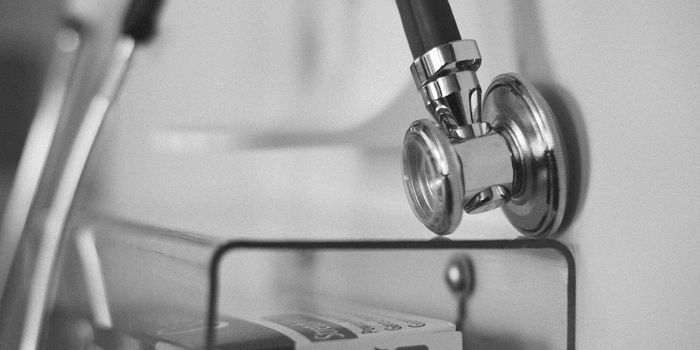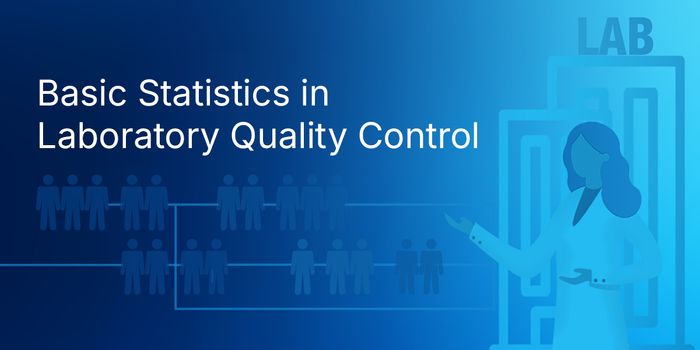Virtual Reality for the Surgeon
Virtual reality is not just for gamers - in the medical world, virtual and 3-D technologies are transforming how doctors train and conduct complex procedures in their patients. With virtual reality viewers, imaging styluses, and other software that provide tactile and multi-dimensional feedback, doctors can be immersed in medicine like they've never been before.
That’s the premise behind Echopixel, a medical visualization software that allows doctors to go beyond the 2-dimensional constraints of typical CT scans. “It’s really a shame that doctors are still using the same 2D images designed in 1880,” said Sergio Aguirre, EchoPixel’s CTO.
The revolutionary software takes data from CT and MRI scans and transforms it into 3-dimensional images. When the surgeon dons on a pair of 3D glasses, the body part under scrutiny pops off the screen like a hologram. Doctors can then flip, twist, and otherwise shift the image in any angle - a feat that’s impossible with any 2D image. Furthermore, they are able to zoom into any crevice and corner to truly understand the complexity of an anatomy before surgery.
"I have found it to be a completely novel way of looking at the CT data," said Dr. Judy Yee, vice chair of radiology and biomedical imaging at the University of California, San Francisco, about the EchoPixel’s True 3-D software. "It's been a long time since I've seen anything like this. It's a game changer."
In particular, EchoPixel developers see the software being especially useful in pediatric medicine, where all body parts are tiny to begin with. In a clinical trial, doctors with aid from the EchoPixel were able to locate up to 90 percent more congenital heart defects in newborns. Furthermore, they were able to do this in 40 percent less time.
The technology has also been applied to the fitting of medical devices like stents. Because the technology allows surgeons unprecedented closeups of the body parts, they are able to gauge the size and fit of a device with much higher accuracy. In one trial, EchoPixel technology allowed doctors to size stents in just 2 minutes versus the 40 minutes with conventional aid.
Besides improving physician accuracy and saving time, the technology can also be used to augment how doctors train. The potential for learning and improving is tremendous when doctors can practice their procedures via simulations. In a study, researchers reported virtual simulations reduce surgical planning time by 40% and increased surgical accuracy by 10%. This improvement is huge, especially in a field where accuracy is vital but time is extremely limited. Undeniably, the human body is truly complex and no virtual simulation device can encapsulate every intricacies. However, the ability to train and prepare on 3D imaging technologies could aid doctors for when they encounter the real procedure in the flesh.
Additional sources: CNBC, Tech Crunch









